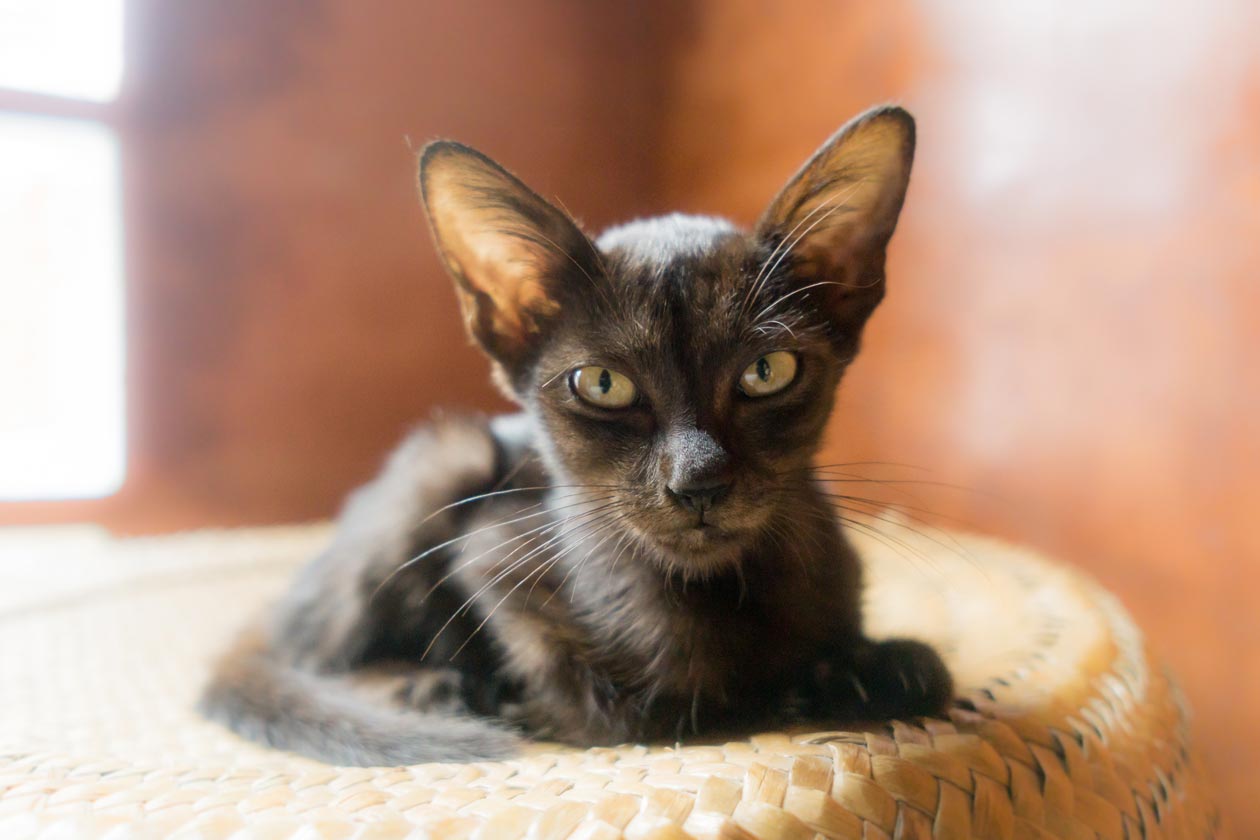Diabetes in Cats

Diabetes mellitus is a commonly diagnosed condition in cats, with somewhere around 1 in every 200 cats being affected. It has many adverse effects on the body. If it isn't diagnosed and treated promptly, it will lead to severe illness and death.
What Is Insulin?
Insulin is a hormone that controls the processing of sugar in the body. It also affects protein and fat processing.
After a meal, insulin is released by the kitty's pancreas, and it helps the body's tissues use nutrients. If there isn't enough insulin released or if the body's tissues don't respond appropriately to it, the nutrients can't be processed and used by the body. That means that glucose stays in the bloodstream instead of being used to power the body's functions. The body is starving despite the presence of plenty of energy because it's not able to use the glucose.
Most cats initially have what is considered in humans to be Type II diabetes, which is a situation in which there is plenty of insulin production but the tissues aren't responding correctly to it. Over time, the pancreas then loses its ability to produce insulin, leading to Type 1, or insulin-dependent, diabetes.
What Causes Diabetes in Cats?
All ages and both sexes of cats are affected by diabetes mellitus, but it's much more common in cats over ten years of age. The factors that are most commonly linked with the development of feline diabetes are obesity, pancreatitis (inflammation of the pancreas) and genetic predisposition (some breeds, including Burmese, are more likely to develop diabetes).
Obesity is, by far, the most influential risk factor for diabetes in cats.
Signs of Feline Diabetes
It's crucial to know the signs to watch out for that could indicate your cat has diabetes. If the condition is caught early enough in some cats, it can be controlled and reversed before insulin is necessary. Here's what to watch for:
- Unexplained weight loss
- Increased thirst and urination
- Decreased appetite
- Depression and lethargy
- Poor coat care
How Is Diabetes Diagnosed in Cats?
Blood and urine samples that contain excessive glucose can diagnose diabetes. If the results are borderline, another test called fructosamine can be sent to the lab to confirm it.
Common Secondary Complications of Feline Diabetes
Diabetic ketoacidosis is a life-threatening complication of diabetes that can occur in some cats, usually those that are untreated. It happens when the liver begins producing ketone bodies in response to the excess of nutrients that aren't being used by the body. Diabetic ketoacidosis (DKA) causes vomiting, coma, and death.
Cataract formation in the eyes and subsequent blindness can occur secondary to diabetes, but it's less common in cats than in dogs and humans. Diabetic neuropathy, which is decreased peripheral nerve function, can cause a cat to have a strange gait where he walks on the backs of his lower rear legs instead of the toes and appears to be squatting.
How Is Feline Diabetes Treated?
In the early stages, some cats can experience control of their diabetes if they are placed on a strict low carb, high protein diet.
Insulin injections are necessary for many cats at some point in the disease process. Owners can learn to give the injections at home, and they're typically needed twice a day.
Oral medications can help some cats and eliminate the need for injectable insulin, but they aren't effective in all cats.
Owners of diabetic cats must be trained to watch for signs of hypoglycemia, which is immediately life-threatening low blood sugar levels as a result of insulin. Weakness, trembling, collapse, and seizures are all signs of low blood sugar, and it is an emergency. Owners can put some liquid Karo syrup on the kitty's gums and get to the vet right away.
Diabetic cats can live relatively normal lives with proper care. A good relationship with your veterinarian is crucial for monitoring and treating your diabetic cat.



